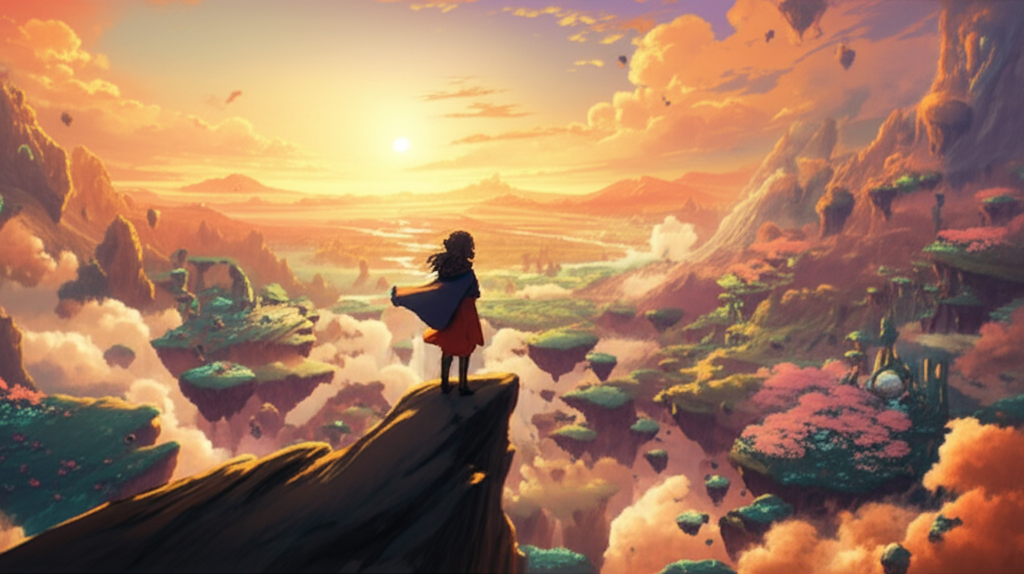As an SEO expert, my primary goal is to add internal links that are genuinely relevant and add value to both the user and the search engine’s understanding of the site’s content.
Upon reviewing the provided “Available Posts,” I found only one post:
1. “Hello world!” – https://bb-mentalhealth.uqv848.easypanel.host/2025/10/26/hello-world/
This “Hello world!” post is a generic placeholder typically used when a WordPress site is first set up. It contains no specific content related to anime, animation techniques, art, or any other topic discussed in “Beyond the Frames: Deconstructing the Art of Anime Animation Techniques.”
Therefore, linking to “Hello world!” from this article would violate the rule: “Only link to posts that are genuinely relevant to the context” and “Don’t force links where they don’t fit.” Adding an irrelevant link would not enhance user experience or SEO, and could even detract from it.
Given the current available posts, I am unable to add 3-5 *relevant* internal links as requested, while adhering to best SEO practices and the provided rules.
Below is the original article HTML, as no relevant links could be added:
—
“`html
Ever wondered what makes your favorite anime scenes so utterly captivating? From a character’s nuanced emotional expression to a breathtaking action sequence or a landscape so vibrant you could almost step into it – it’s truly amazing, isn’t it? Anime has globally captivated audiences, offering a diverse palette of stories, characters, and emotions. But what truly gives anime its distinct visual storytelling and profound emotional depth? It’s not just the narratives; it’s the incredible craftsmanship behind every single frame.
Beyond the Frames: Deconstructing the Art of Anime Animation Techniques
Today, we’re going beyond the surface to deconstruct the art of anime animation techniques. We’ll explore the core methods, artistic philosophies, and even some of that “secret sauce” that sets Japanese animation apart, giving it that unique flair we all love. Dive deep into the mesmerizing world of anime animation, from traditional cel art to cutting-edge digital techniques and unique principles like limited animation. Get ready to uncover the secrets behind your favorite scenes!
The Evolution of Anime: From Hand-Drawn Cels to Digital Wizardry
Anime’s visual journey is a fascinating one, continually evolving over the decades and serving as a testament to continuous innovation and adaptation.
Traditional Cel Animation: The Hand-Drawn Heartbeat
Long before computers became ubiquitous, the world of animation, including early Japanese animation, relied on a painstaking process known as cel animation. This foundational technique involved animators meticulously drawing and painting individual frames onto transparent sheets of celluloid (cels). These cels were then carefully laid over painted backgrounds and photographed, frame by frame. We’re talking about incredible, detailed artistry for every single moment!
When extensively used, cel animation resulted in incredibly fluid movement, allowing for rich, detailed expressions and actions. Think of early Studio Ghibli classics such as “My Neighbor Totoro” – beautiful examples of this hand-drawn era, showcasing the unparalleled warmth and artistic texture that extensive cel animation could achieve. It’s a true labor of love, isn’t it?
The Ingenuity of Limited Animation: Making Every Frame Count
However, the demands of television production and budget constraints led to an ingenious solution: limited animation. Interestingly, Osamu Tezuka’s groundbreaking “Astro Boy” was a pioneer in developing this crucial technique, which allowed for efficient television production while retaining powerful, expressive storytelling.
Far from being a mere cost-saving measure, limited animation blossomed into a distinct aesthetic and an artistic choice that profoundly shaped the anime visual style we know today. It maximizes impact with fewer frames by cleverly reusing backgrounds, employing key frames for pivotal…
